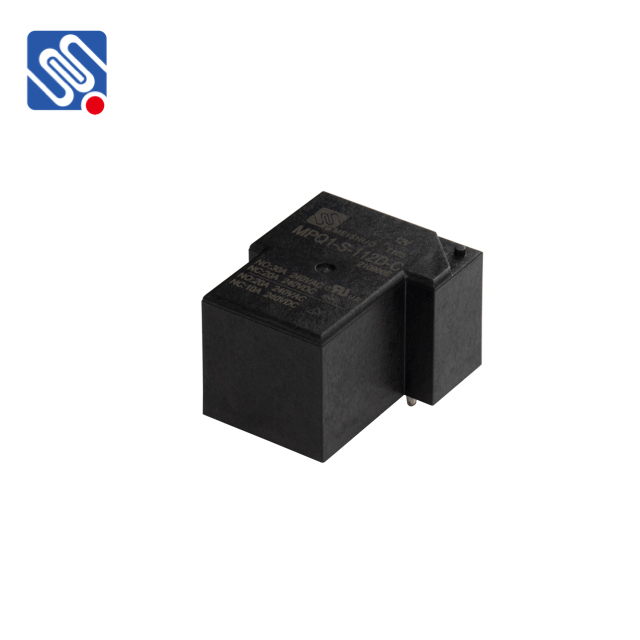A 12V DC relay is an essential component used in electronic and electrical systems to control high voltage or current circuits with low voltage signals. This electromagnetic switch operates based on the principle of electromagnetism, allowing users to control circuits remotely, providing great flexibility in many applications. In this article, we will explore the working principle, applications, advantages, and limitations of a 12V DC relay.

What is a 12V DC Relay? A 12V DC relay is a type of electromagnetic relay that is commonly used in low-voltage direct current (DC) circuits. It consists of an electromagnet (or coil) and a set of contacts. When a 12V DC signal is applied to the coil, it generates a magnetic field, which in turn moves the contacts to either open or close. This movement allows the relay to control the flow of electricity in another circuit. The relay can act as a switch, enabling users to control the power to an entire system or a device with a simple 12V input. Relays typically have three key parts: a coil, a set of contacts (usually two types: Normally Open (NO) and Normally Closed (NC)), and an armature that moves in response to the magnetic field created by the coil.